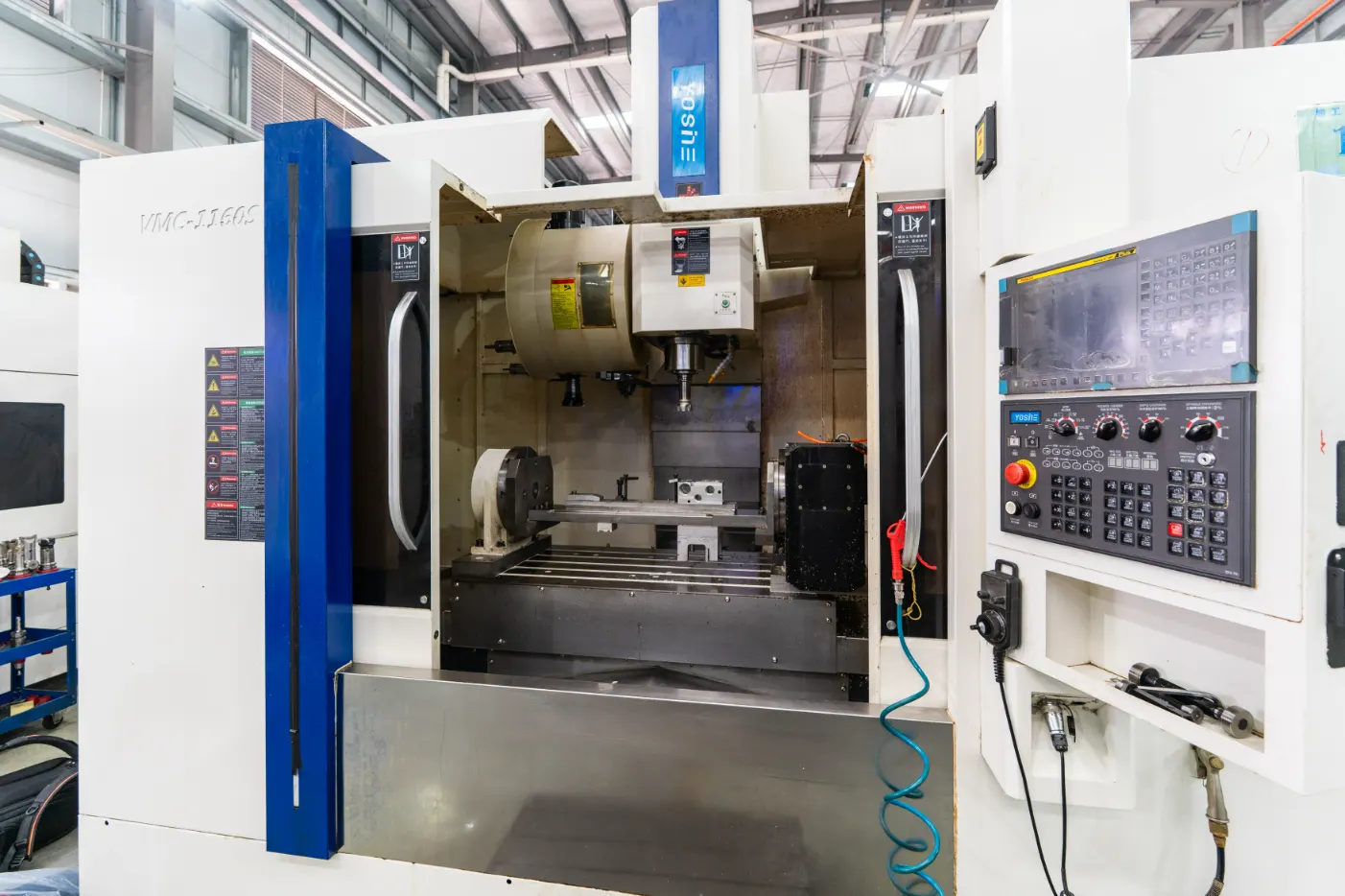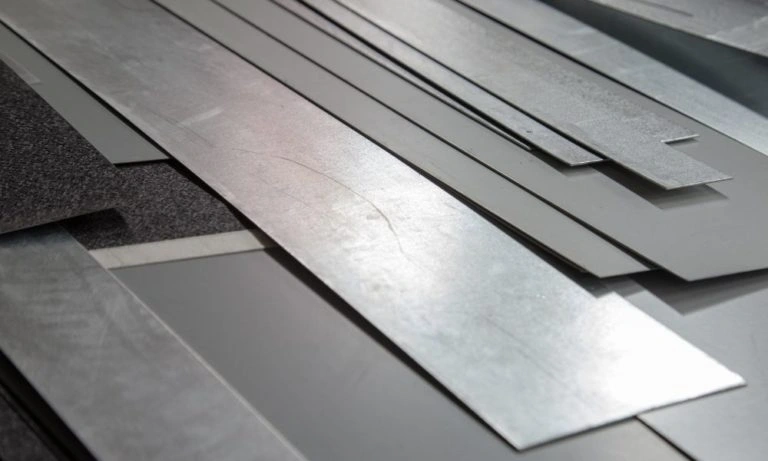What Are the Different Types of Medical Precision Parts and Their Usage
“Medical precision parts” refers to medical products crafted from advanced materials like alloys, polymers, and ceramics using modern processing techniques. These components, defined by their precise shapes and dimensions, are indispensable in healthcare. They are essential for meeting the complex demands of today’s medical applications. As medical technology advances rapidly, the demand for high-quality precision parts continues to grow, ensuring that devices and procedures remain consistently safe, effective, and reliable.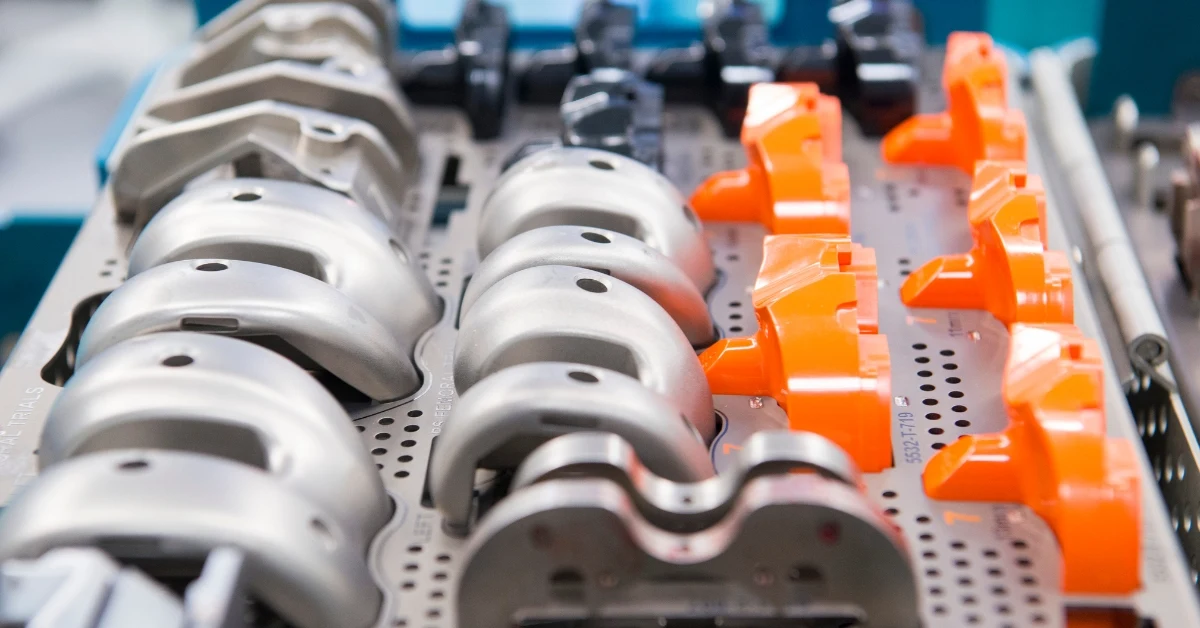
These precision parts are vital across a range of medical applications, from diagnostics to surgery and patient care. In diagnostics, they enable the creation of highly accurate instruments that detect conditions with precision. In surgery, they form the backbone of tools and implants that must perform flawlessly under critical conditions. In patient care, they contribute to devices that enhance quality of life and ensure safety. The stringent standards and tight tolerances required for these parts are crucial; even the smallest deviation can compromise the effectiveness of a medical device or procedure. This level of precision is what makes them essential to advancing healthcare and maintaining patient safety.
Types of Medical Precision Parts and Their Usage
Implants
Examples: Hip and knee implants, dental implants, spinal implants.
Usage: Implants are designed to replace or support damaged biological structures, either permanently or temporarily. These precision parts must be biocompatible and durable, ensuring they integrate seamlessly with the body to restore function or alleviate pain.
Surgical Instruments
Examples: Scalpels, forceps, surgical scissors, sutures.
Usage: Surgical instruments are critical tools in the operating room, used for precise tasks like cutting, holding, and suturing tissues. These instruments must maintain sharpness, reliability, and sterility to ensure successful surgical outcomes.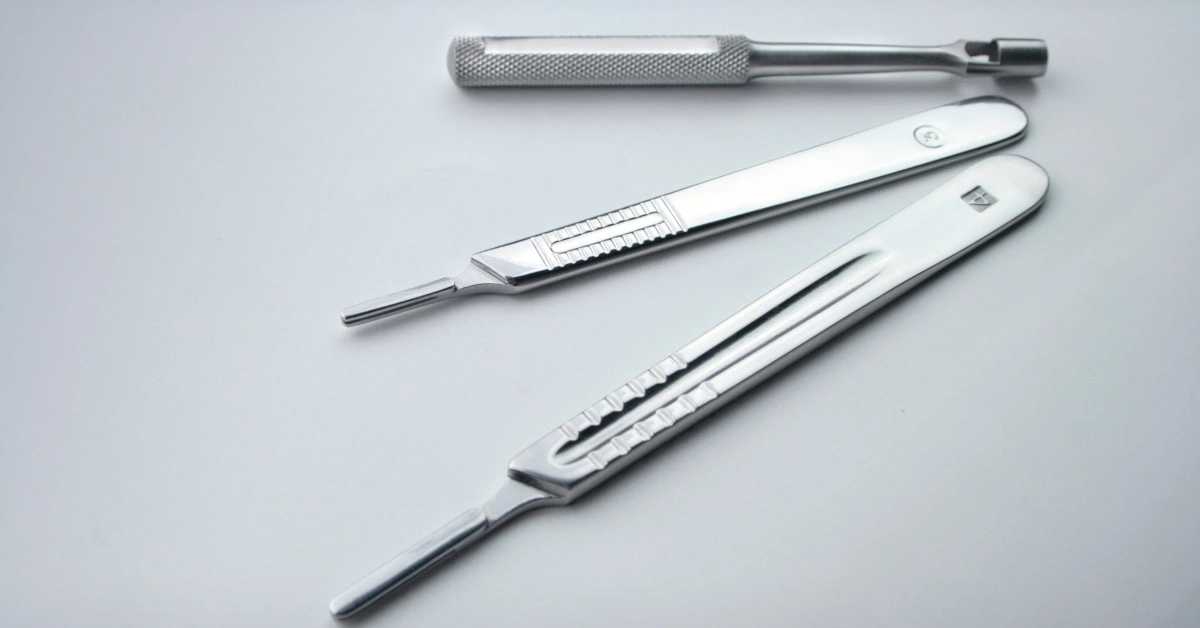
Diagnostic Devices
Examples: Endoscopes, biopsy tools, imaging components.
Usage: Diagnostic devices play a key role in detecting and diagnosing diseases. Precision parts within these devices enable accurate sampling, imaging, and analysis, leading to timely and effective treatment plans.
Prosthetics and Orthotics
Examples: Artificial limbs, braces, supports.
Usage: Prosthetics and orthotics are designed to restore mobility and provide support for patients with physical impairments. These devices must be carefully tailored to each patient to ensure comfort, functionality, and improved quality of life.
Medical Machining Components
Examples: Screws, pins, plates, fasteners.
Usage: These components are integral to the assembly and stability of medical devices and implants. Precision in their manufacture is critical to ensure they fit perfectly and perform reliably within the human body, contributing to the overall success of medical treatments.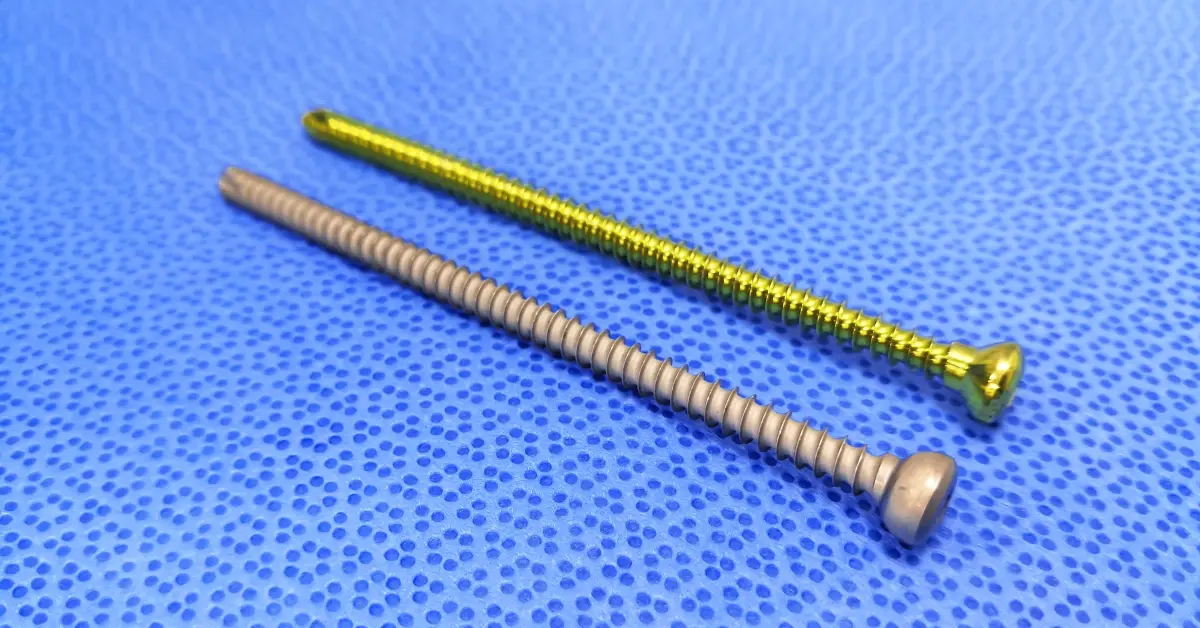
Materials Used in Medical Precision Parts
Metals
Examples: Titanium, stainless steel, cobalt-chrome alloys.
Properties: Metals are foundational in medical precision parts due to their exceptional strength, biocompatibility, and corrosion resistance. Titanium is particularly valued for its strength-to-weight ratio and ability to integrate with bone in implants. Stainless steel offers durability and resistance to corrosion, making it ideal for surgical instruments and implants. Cobalt-chrome alloys are used in joint replacements and dental implants, known for their wear resistance and biocompatibility.
Plastics
Examples: PEEK (Polyether ether ketone), UHMWPE (Ultra-high-molecular-weight polyethylene).
Properties: Plastics in medical precision parts offer lightweight, flexible solutions with excellent biocompatibility. PEEK is commonly used in spinal implants and joint replacements due to its strength and resistance to wear and sterilization processes. UHMWPE is highly regarded for its low friction and wear properties, making it a preferred material for joint replacement bearings.
Ceramics
Examples: Zirconia, alumina.
Properties: Ceramics are chosen for their hardness, wear resistance, and biocompatibility. Zirconia is frequently used in dental implants and hip replacements due to its strength and aesthetic qualities. Alumina, another widely used ceramic, provides excellent wear resistance and is often employed in joint prostheses where durability is critical.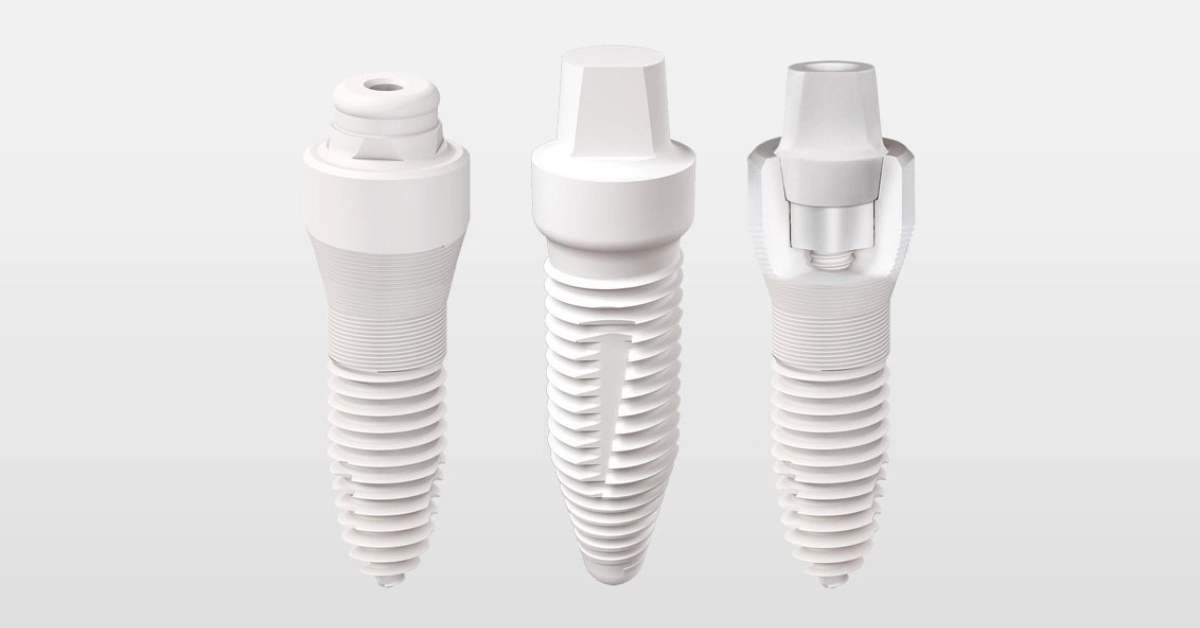
Composites
Examples: Carbon-fiber-reinforced polymers.
Properties: Composites like carbon-fiber-reinforced polymers are favored for their high strength-to-weight ratio and customizable properties. These materials are used in applications requiring lightweight yet strong components, such as in prosthetics and specialized surgical instruments. The ability to tailor composites to specific needs makes them increasingly popular in complex medical devices.
Manufacturing Processes for Medical Precision Parts
CNC Machining:
CNC machining is essential for achieving the high precision required in the medical sector. This process allows for the creation of complex, intricate components with tight tolerances, making it ideal for medical device machining. It is widely used in producing custom implants, surgical instruments, and other critical precision medical products that demand accuracy and consistency.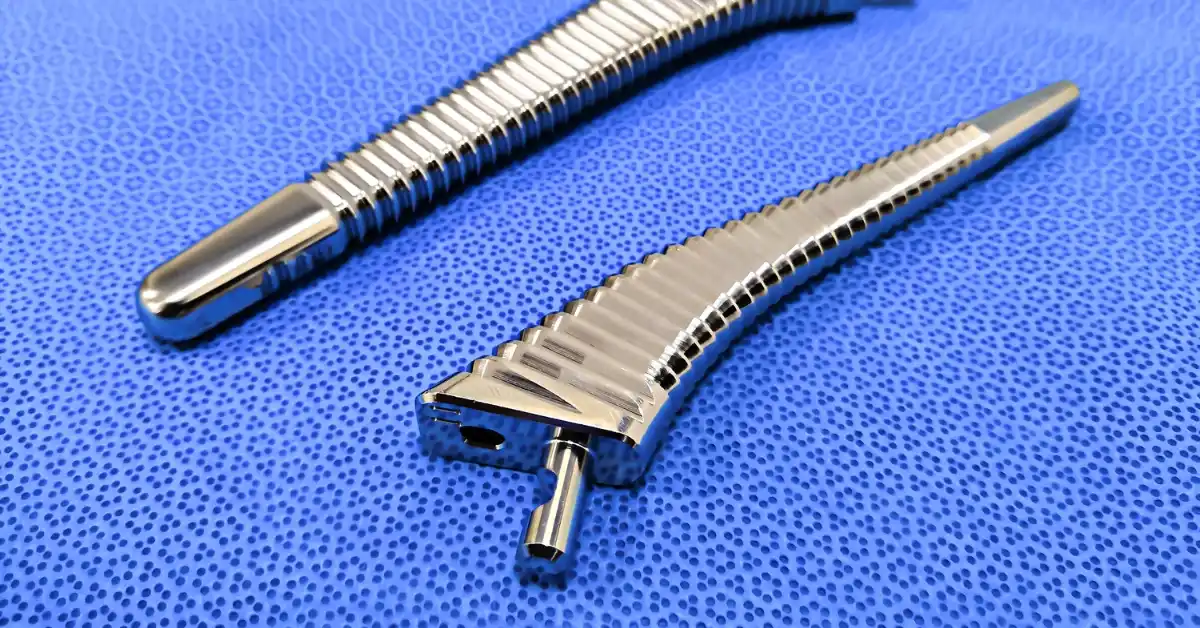
Additive Manufacturing (3D Printing):
Additive manufacturing, or 3D printing, has revolutionized the creation of customized medical parts. This technology allows for the production of complex geometries that would be challenging or impossible with traditional methods. It is especially beneficial for creating implants and prosthetics, offering a level of customization that enhances patient outcomes.
Forging and Casting:
Forging and casting are traditional manufacturing processes that remain vital for producing robust medical components. These techniques are used to manufacture large implants and durable surgical tools, where strength and durability are paramount. The ability to create strong, reliable parts makes these methods essential in medical precision machining.
Laser Cutting and Welding:
Laser cutting and welding are critical for creating precision medical equipment. These processes allow for precise cuts and secure welds, essential in manufacturing surgical instruments and implant components. The precision offered by laser technology ensures that each part meets the stringent requirements necessary for safe and effective medical use.
By using these advanced manufacturing techniques, manufacturers can deliver high-precision machining solutions for the medical sector, ensuring that every component meets the demanding standards of the healthcare industry.
Future Trends in Medical Precision Parts
The future of medical precision parts is shaped by several key trends. Advancements in material science are introducing new biocompatible and durable materials, enhancing the performance and safety of medical devices. Miniaturization is driving the development of smaller, more complex parts, enabling less invasive procedures and improving patient outcomes. The rise of personalized medicine is increasing the demand for custom-made medical parts tailored to individual patient needs. Integration with digital technologies, such as AI and machine learning, is revolutionizing the design and manufacturing processes, leading to greater precision and efficiency. Finally, there is a growing emphasis on sustainability, with the medical industry increasingly adopting eco-friendly manufacturing practices to reduce environmental impact.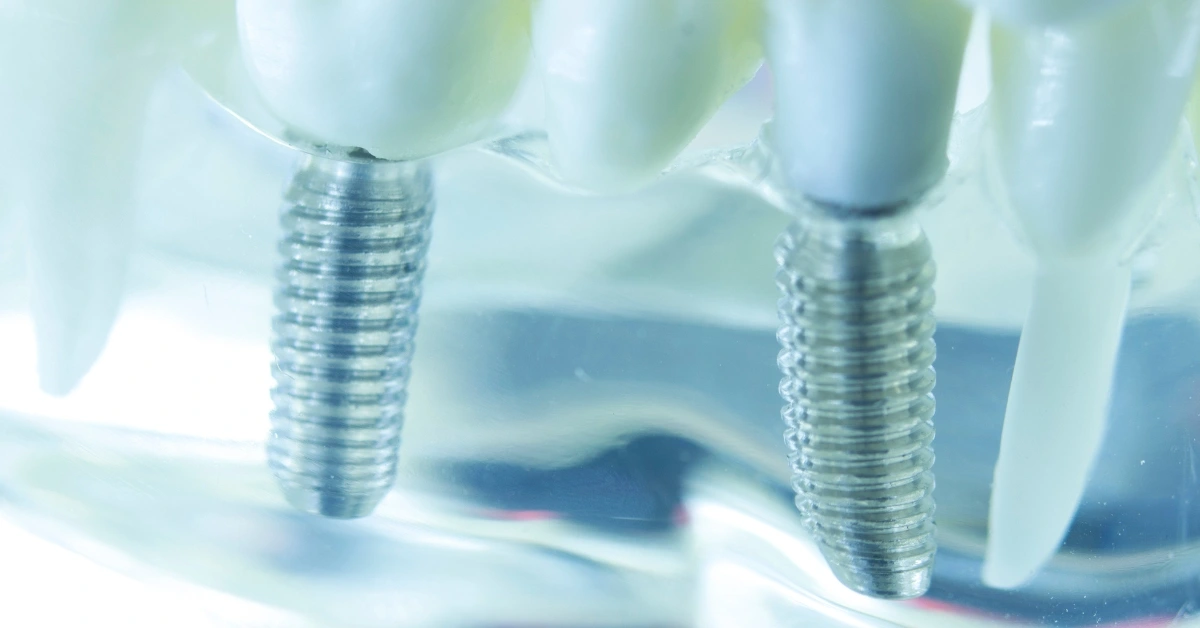
Conclusion
Medical precision parts are essential to the advancement of healthcare, offering a wide range of solutions that cater to the diverse needs of medical applications. The field continues to evolve with breakthroughs in materials, manufacturing techniques, and regulatory standards, all aimed at enhancing the safety, effectiveness, and reliability of medical devices. As this industry advances, staying informed about the latest trends and innovations is crucial for anyone involved in healthcare or medical technology, ensuring that they remain at the forefront of this dynamic field.
Resources:

